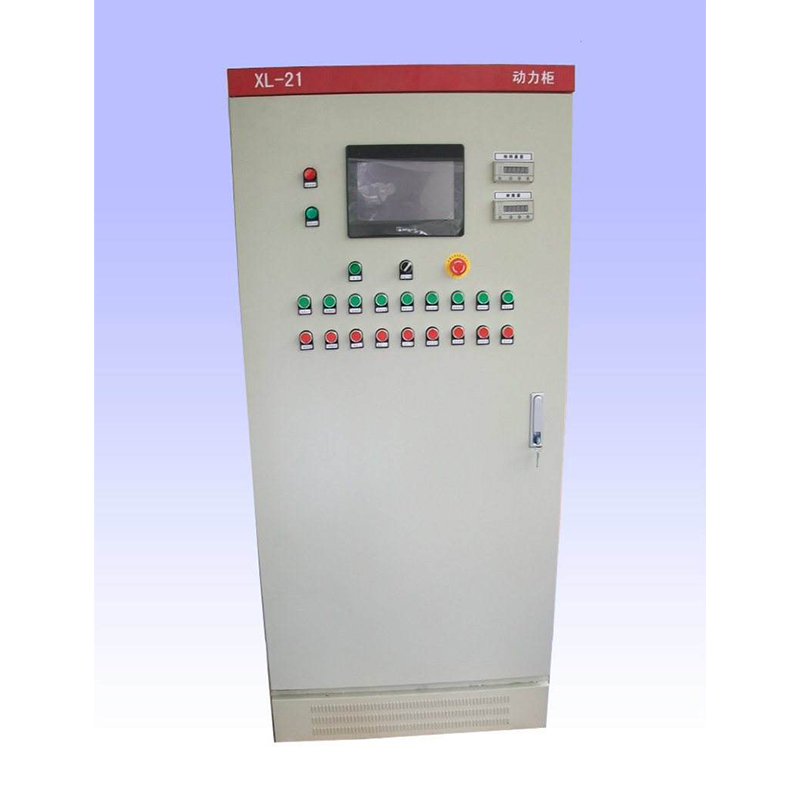
8 月 . 13, 2024 01:16
Back to list
Exploring the Functionality and Benefits of Gas Filter Separator Systems in Industrial Applications
Understanding Gas Filter Separators Essential Components in Oil and Gas Industry
In the oil and gas industry, efficient operation hinges on the ability to separate and purify various components from extracted substances. One critical piece of equipment that serves this purpose is the gas filter separator. This device plays a vital role in ensuring that gas processing is both effective and efficient, ultimately impacting the quality of the final product.
A gas filter separator is designed to separate gas from liquids and solids, which are often present in natural gas and oil extraction processes. It is primarily used to remove particulates and liquid hydrocarbon from the gas stream, protecting downstream equipment and ensuring compliance with quality standards. The effective operation of a gas filter separator contributes significantly to the overall integrity of the gas processing system.
Components and Operation
The basic structure of a gas filter separator consists of a cylindrical vessel that houses several essential components an inlet nozzle, filter elements, a separation chamber, and an outlet. Gas enters the separator through the inlet nozzle, which directs the flow into the separation chamber. Here, forces such as gravity and centrifugal force come into play, allowing the heavier liquid and solid contaminants to settle at the bottom while the cleaner gas rises to the top.
The filter elements are crucial, as they capture fine particulates that could otherwise pass through the system. Depending on the design, these filter elements can consist of various materials, including metal mesh, synthetic fibers, or activated carbon, each chosen based on the specific application and requirements.
Importance of Gas Filter Separators
gas filter separator

The importance of gas filter separators cannot be overstated. First and foremost, they protect downstream equipment such as compressors and turbines from damaging debris and liquids. By preventing the entry of contaminants, gas filter separators help maintain the efficiency and longevity of equipment, thus minimizing operational costs and reducing the likelihood of unplanned downtime.
Moreover, these separators play a critical role in compliance with environmental regulations. Natural gas must meet specific quality standards before it can be transported or sold, and gas filter separators help ensure that the final product is free from impurities that could result in environmental harm. This regulatory compliance not only safeguards the environment but also enhances corporate responsibility and public perception of gas-producing companies.
Advancements in Technology
The technology surrounding gas filter separators has evolved significantly over the years. Modern designs often incorporate advanced materials and configurations that increase efficiency and reduce maintenance needs. For instance, some separators are now equipped with automatic backwashing systems, which cleanse the filter elements without requiring manual intervention. This innovation not only saves time but also enhances operational efficiency.
Furthermore, the integration of smart technologies such as IoT sensors allows operators to monitor the performance of gas filter separators in real-time. These sensors can provide valuable data on pressure differentials, flow rates, and filter conditions, enabling predictive maintenance and optimal performance management.
Conclusion
In conclusion, gas filter separators are indispensable in the oil and gas sector, contributing to the effective separation of gas from liquids and solids. Their ability to protect downstream equipment, ensure regulatory compliance, and adapt to technological advancements underscores their significance in the industry. As the demand for cleaner energy sources continues to rise, the role of gas filter separators will likely become even more prominent, making them a focal point in the quest for efficiency and sustainability in energy production.
Latest news
-
Unlocking The Quality Gas Pressure ReducersNewsNov.01,2024
-
The Role of Gas Pressure Reducing StationsNewsNov.01,2024
-
The Importance and Functionality of Safety Relief ValvesNewsNov.01,2024
-
The Essential Role of Safety Valves in Natural Gas ApplicationsNewsNov.01,2024
-
The Essential Role of Gas Pressure RegulatorsNewsNov.01,2024
-
Enhance Your Premium Gas FiltersNewsNov.01,2024

